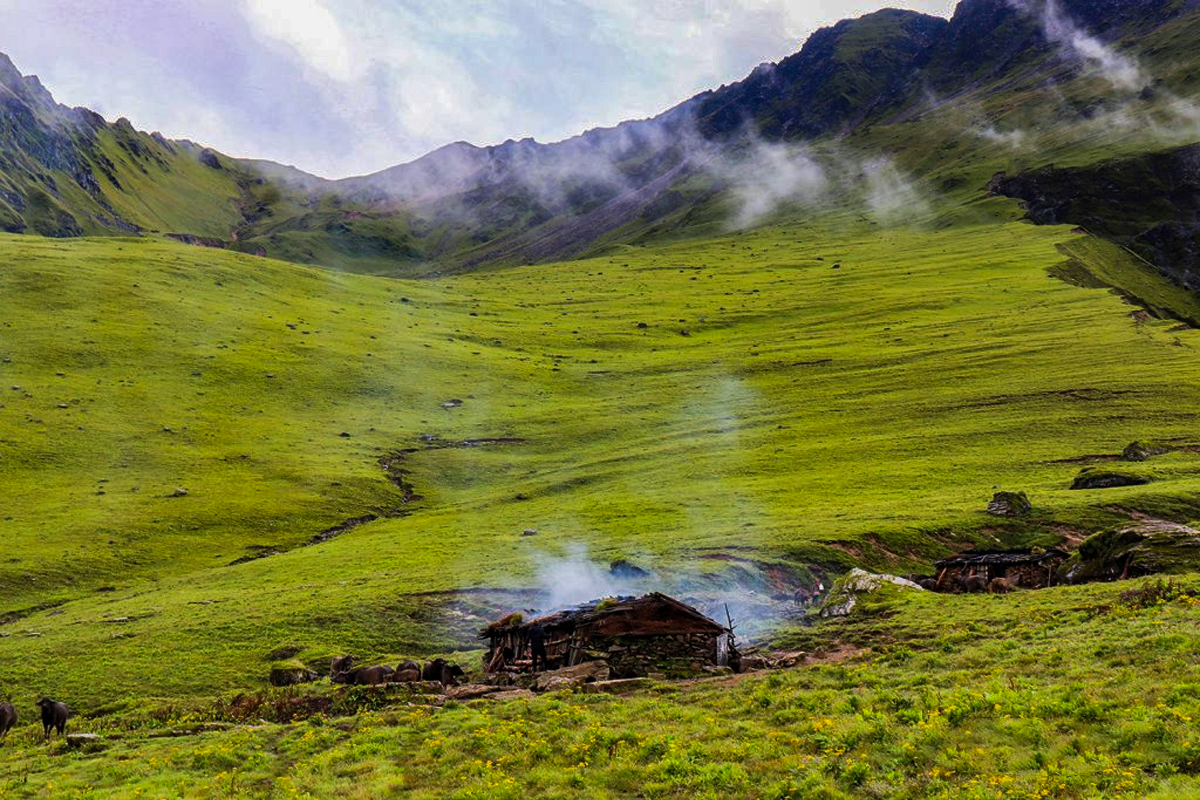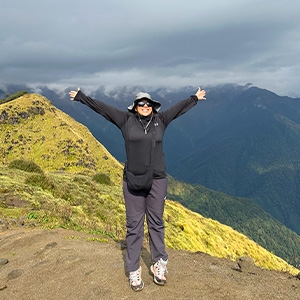Introduction
The Dhorpatan Hunting Reserve is the only hunting reserve in Nepal. It was established in 1987 and has a total area of 1,325 square kilometers (512 square miles). Its altitude can range anywhere from 2,850 to 5,500 meters (9,350 to 18,040 feet). The Dhorpatan Hunting Reserve is located adjacent to the districts of Rukum, Myagdi, and Baglung in the Dhaulagiri Mountain range in western Nepal. The mountain ranges of Putha, Churen, and Gurja Himal all stretch across the reserve's northern boundary. The whole reserve is surrounded by villages from all sides except the north.
The Dhorpatan Hunting Reserve began operations in 1983 and was officially recognized as a reserve in 1987. The management goals of the reserve are to enable sport hunting and to maintain a high-altitude ecology that is representative of West Nepal. The landscape includes woods, marshland (named hor), and flat meadows (called pan). The snowfall at these higher elevations is consistent throughout the entire year.
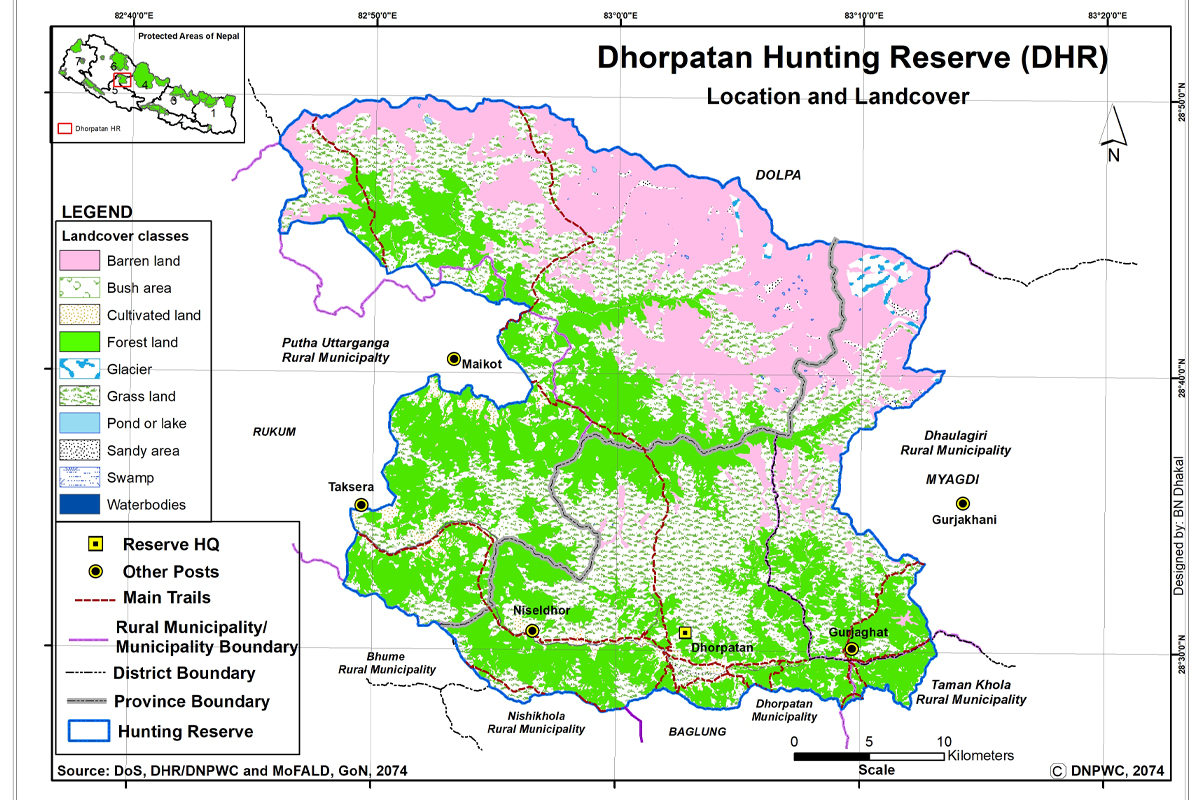
Flora and Fauna
The reserve is home to 58 different types of plants with vascular systems. There are 36 unique indigenous species of flowering plants. Common plant species found in the Dhorpatan Valley reserve include fir, pine, birch, rhododendron, oak, juniper, and spruce. The reserve is classified as having alpine and subalpine vegetation as well as high-temperature vegetation. Because of the higher elevation, around fifty percent of the area is pastureland.
The Dhorpatan Hunting Reserve is home to blue sheep, an animal that is hunted for its treasured trophies, and is considered to be one of the best places for them. The DNPWC carried out a status survey on blue sheep in 2007, and the results showed that the reserve is home to 852 blue sheep. A leopard, a goral, a serow, a Himalayan tahr, a Himalayan black bear, a barking deer, a wild boar, a rhesus macaque, a langur, and a mouse hare are among the other creatures that may be found here. 137 different species of birds call this preserve home. Pheasants and partridge are common, and the reserve is equipped to support a robust population of both species, which allows for regulated hunting. Musk deer, Wolf, Red Panda, Cheer Pheasant, and Danphe are some of the endangered animals that can be found in the reserve. The Department of National Parks and Wildlife Conservation is the entity that is in charge of issuing hunting licenses.
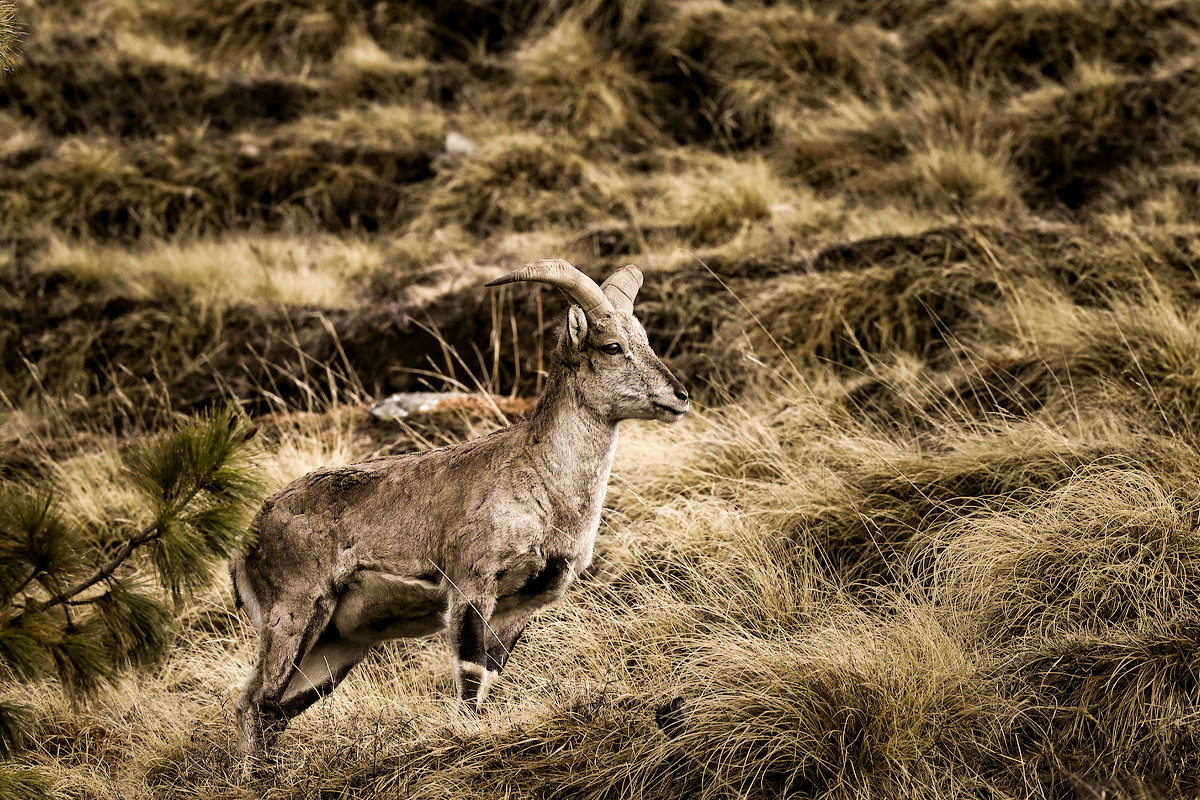
Hunting Blocks in Dhorpatan Hunting Reserve
The Dhorpatan Hunting Reserve is divided into several hunting blocks, each designated for specific hunting purposes and managed accordingly. These blocks are strategically demarcated to ensure the sustainable utilization of wildlife resources while also preserving the natural ecosystem.
Typically, the reserve has distinct block names as:
1. Southern Hunting Block
- Falguna: Blue sheep and Himalayan Thar
- Barse: Bluesheep
- Gustang: Blue sheep and Himalayan Thar
- Surtibang: Himalayan Tahr
2. Northern Hunting Block
- Sang: Blue sheep and Himalayan Thar
- Dogadi: Blue sheep and Himalayan Thar
- Sundaha: Blue sheep and Himalayan Thar
Best Time to Visit Dhorpatan Hunting Reserve
The best time to visit Dhorpatan Hunting Reserve largely depends on the experience you're seeking:
- Hunting Season (October to May): If you're interested in hunting, the hunting season typically runs from October to May. During this time, the weather is generally favorable, with clear skies and mild temperatures. However, it's essential to note that hunting is strictly regulated, and permits are required.
- Trekking and Wildlife Viewing (Spring and Autumn): For trekking and wildlife viewing, the best time to visit Dhorpatan Hunting Reserve is during the spring (March to May) and autumn (September to November) seasons. These months offer stable weather conditions, with clear skies and moderate temperatures, making it ideal for outdoor activities.
- Avoid Monsoon Season (June to August): It is advisable to avoid visiting during the monsoon season (June to August) due to heavy rainfall, which can make trekking trails slippery and challenging to navigate. Additionally, wildlife sightings may be less frequent during this time as animals tend to seek shelter in dense foliage.
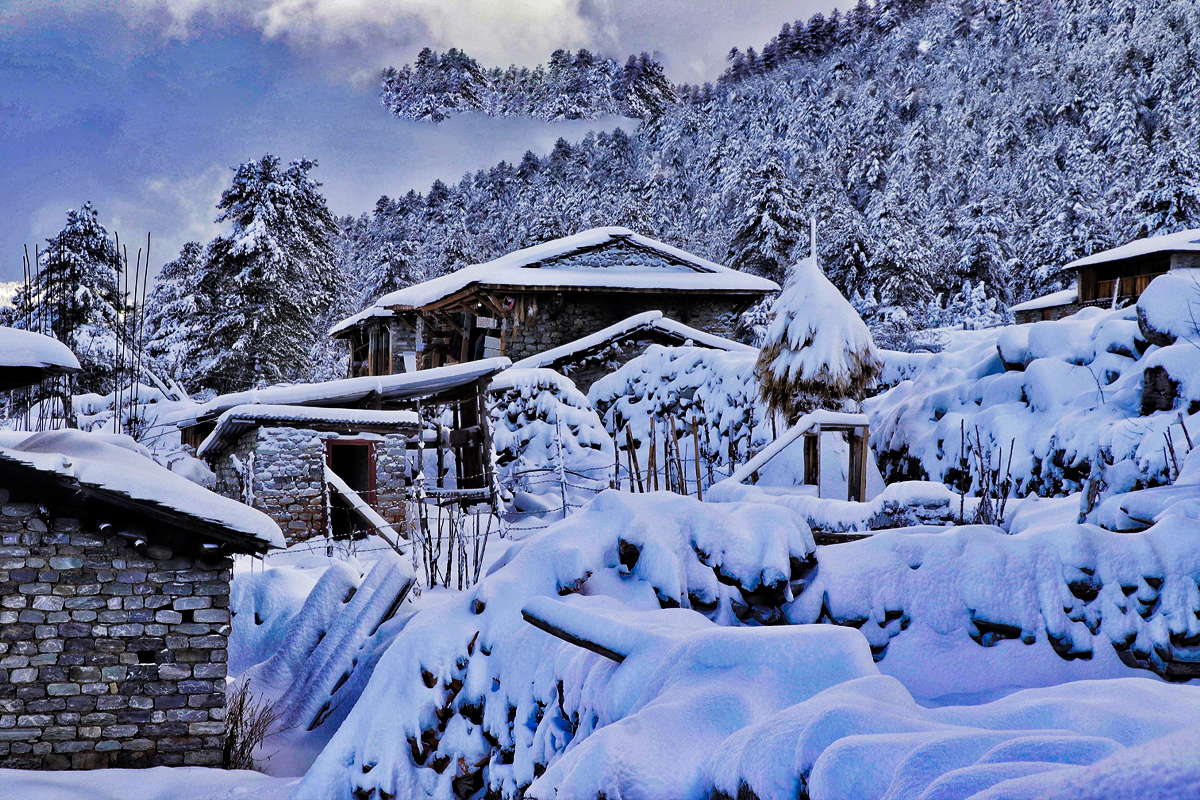
How to reach Dhorpatan Hunting Reserve?
Normal Itinerary for Dhorpatan Hunting Reserve Trek:
Day 1: Kathmandu Sightseeing and Trek Briefing
Day 2: Kathmandu to Pokhara
Day 3: Pokhara to Dharapani
Day 4: Dharapani to Lamsung
Day 5: Lamsung to Jaljala
Day 6: Jaljala to Dhorpatan
Day 7: Explore Dhorpatan and trek to Phagune Phedi
Day 8: Morning hike to Phagune Phedi and trek back to Jungle camp
Day 9: Jungle Camp to Gurjaghat
Day 10: Gurjaghat to Patichaur
Day 11: Trek from Patichaur to Darbang and drive to Beni
Day 12: Drive to Pokhara
Day 13: Drive to Kathmandu
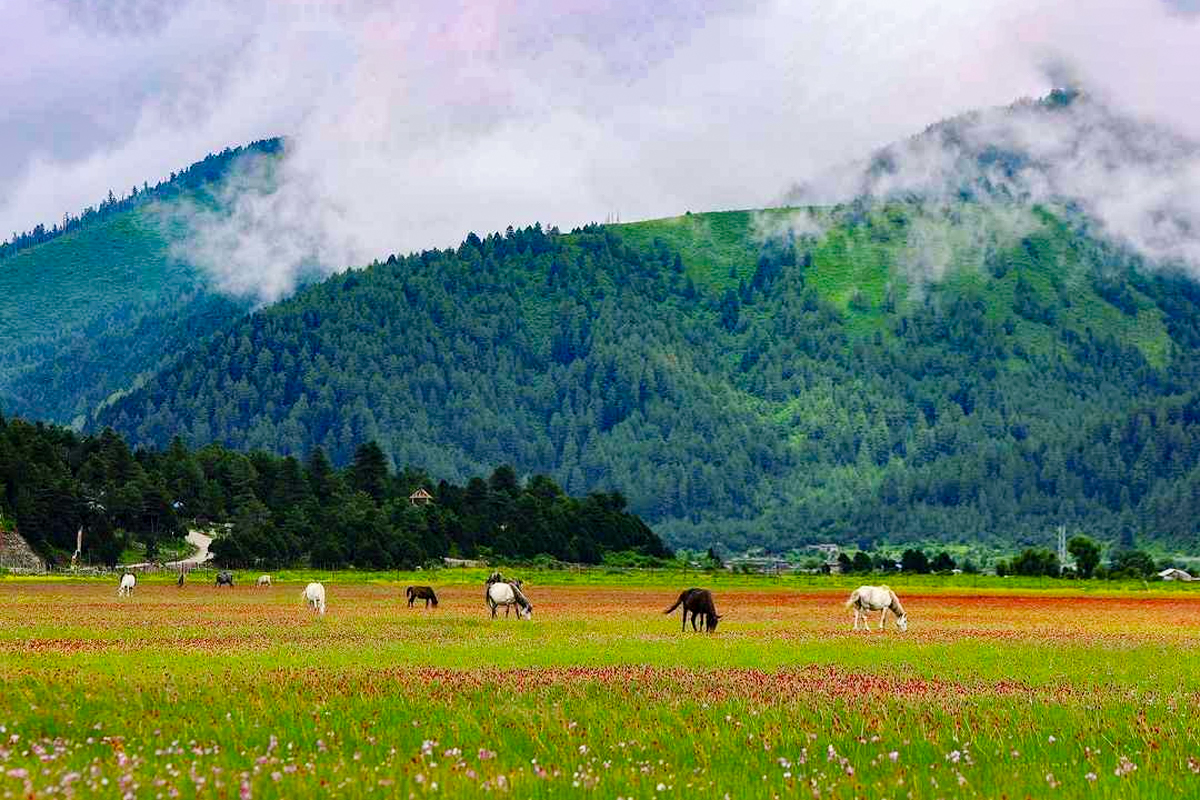
Highlights of Dhorpatan Hunting Reserve
- Experience the awe-inspiring beauty of the snow-covered Dhaulagiri and Annapurna ranges up close.
- Spot elusive Himalayan tahr, graceful musk deer, and other captivating creatures in their natural habitat.
- Explore the hunting reserve's diverse biodiversity amidst various topographies and climates.
- Encounter traditional villages and monasteries that reflect the rich ancient culture of the region.
- Camp under starlit skies, enjoying the warmth of a crackling campfire and the serenity of nature all around you as night falls.
- Take the opportunity to participate in controlled hunting, an activity carefully managed for conservation purposes.
- Enjoy trekking along less crowded trails offering spectacular vistas of the surrounding landscapes.
- Embark on a trek through Dhorpatan Hunting Reserve, Nepal's only hunting reserve, renowned for its wildlife diversity.
- Experience magnificent trekking trails and a thrillingly challenging vehicle ride through the rugged terrain.
- Discover unique indigenous hamlets and immerse yourself in the authentic customs of the Kham Magar people.
- Practice sustainable hunting while contributing to conservation efforts under strict supervision.
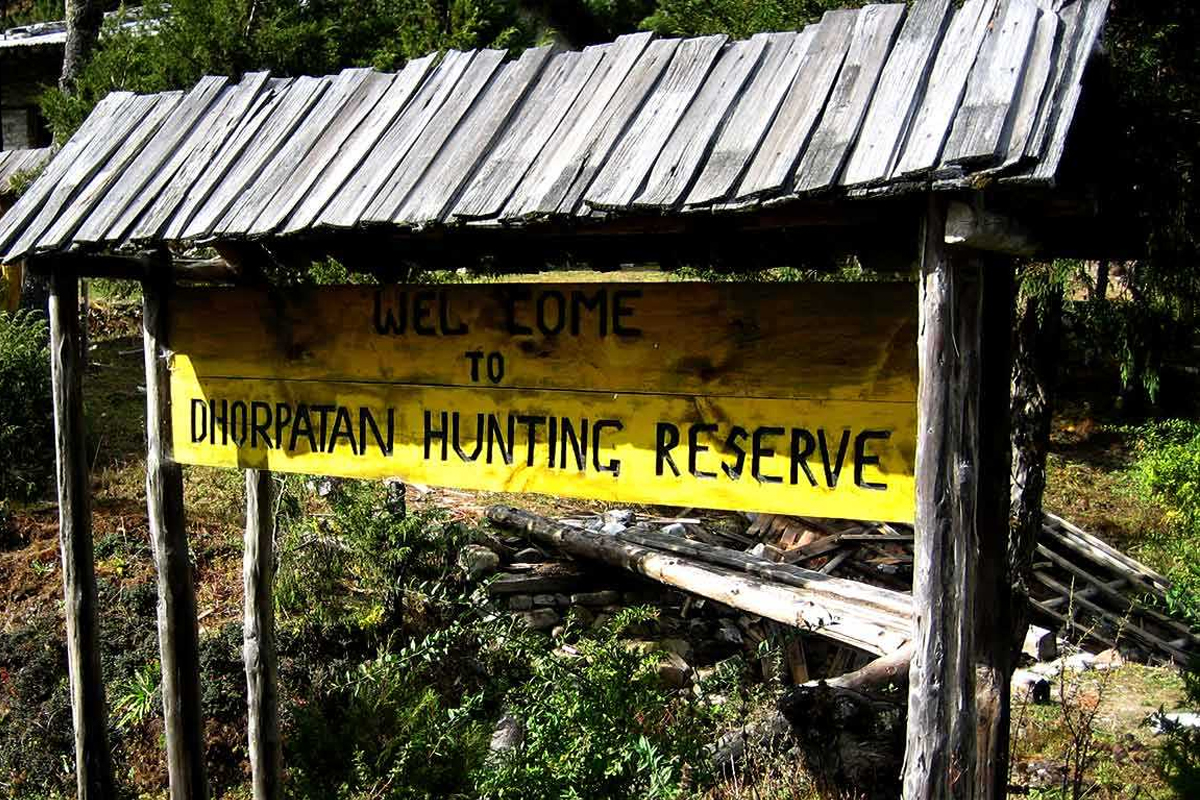
Accommodation Options at Dhorpatan Hunting Reserve
Accommodation options within Dhorpatan Hunting Reserve primarily cater to the needs of hunters and trekkers seeking a rustic experience amidst the remote wilderness. Tented camps are a popular choice, providing basic camping facilities in strategic locations offering stunning views. These campsites typically offer sleeping arrangements and shared bathroom facilities.
Additionally, some villages surrounding the reserve may have guest houses or lodges with simple amenities, while homestays provide an immersive cultural experience with local families. For more adventurous travelers, camping in designated areas within the reserve is also an option. It's essential to note that facilities may be limited, and visitors should come prepared with necessary supplies, such as food and camping gear, while booking accommodations in advance is advisable, especially during peak seasons.
Which animals are allowed to hunt in the Dhorpatan Hunting Reserve?
Yes, the government of Nepal regulates hunting activities in the Dhorpatan Hunting Reserve, under strict supervision to ensure the sustainable utilization of wildlife resources. Only a limited number of hunting permits are issued each year for specific species, and hunters must adhere to strict guidelines and regulations.
The animals allowed for hunting in the Dhorpatan Hunting Reserve typically include:
- Blue Sheep (Bharal): Blue sheep, also known as bharal, are one of the primary game species hunted in the reserve. They inhabit the rugged mountainous terrain and are prized for their challenging hunting experiences.
- Himalayan Tahr: Himalayan tahr, with their distinctive shaggy coats and impressive horns, are another species permitted for hunting in Dhorpatan. They are typically found in alpine meadows and rocky slopes.
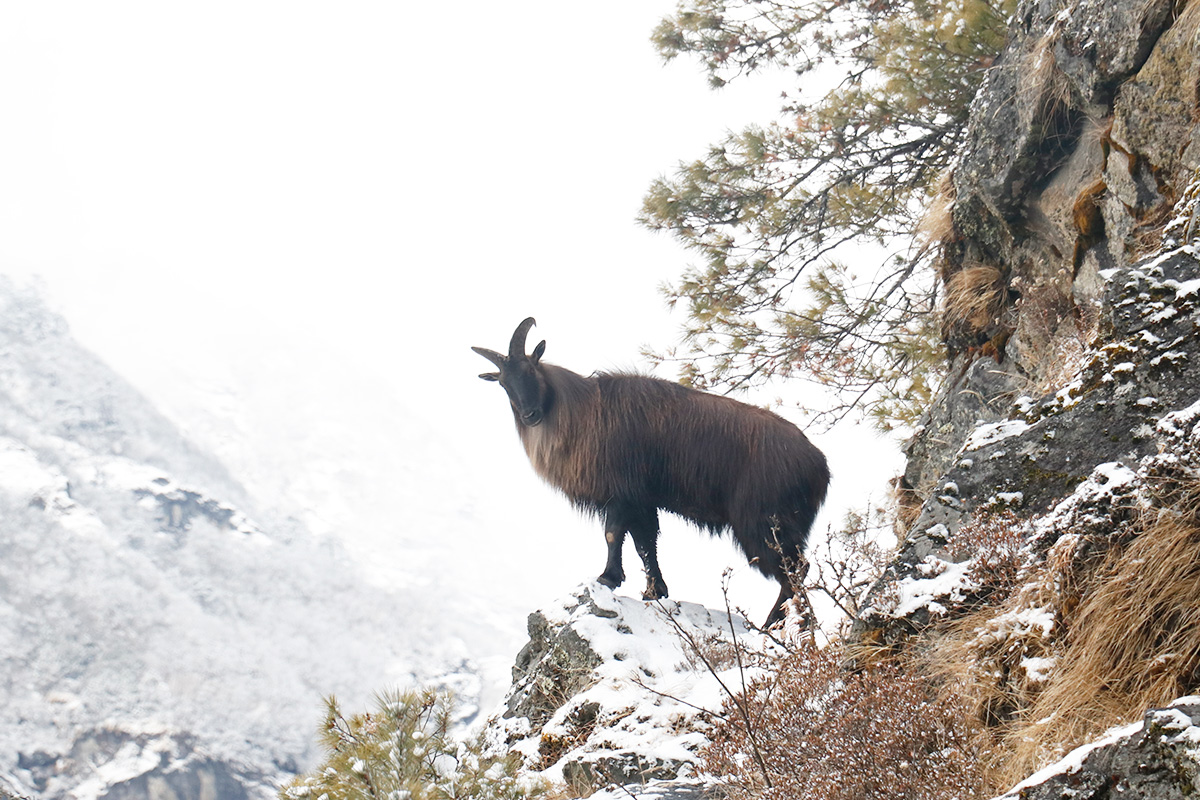
- Musk Deer: Musk deer, known for their musk glands, are also allowed to hunt in the reserve. They inhabit forested areas and are prized for their valuable musk, which is used in traditional medicine.
- Himalayan Black Bear: While less common, hunting permits may also be issued for Himalayan black bears in Dhorpatan Hunting Reserve. These bears inhabit forested areas and are sought after by hunters for their fur and meat.
It's important to note that hunting in Dhorpatan is strictly regulated, and hunters must obtain permits from the authorities responsible for managing the reserve, such as the Department of National Parks and Wildlife Conservation in Nepal. Additionally, hunting activities are closely monitored to ensure compliance with conservation laws and to prevent overexploitation of wildlife populations.
Permits for Hunting in Dhorpatan Hunting Reserve
The cost of hunting permits for specific species in Nepal can vary depending on factors such as the number of hunters, the duration of the hunt, and the specific hunting area.
For a group of at least two hunters, the cost of hunting Blue Sheep is approximately US$ 23,000, while hunting Himalayan Tahr amounts to around US$ 19,000. These prices typically cover the permits required for hunting these species within designated areas or reserves. However, it's essential to consider that additional expenses may apply, including accommodation, transportation, guides, and equipment. Therefore, hunters should carefully plan and budget for all associated costs to ensure a successful and enjoyable hunting expedition in Nepal. For more details regarding the Hunting permit in Nepal, visit here.
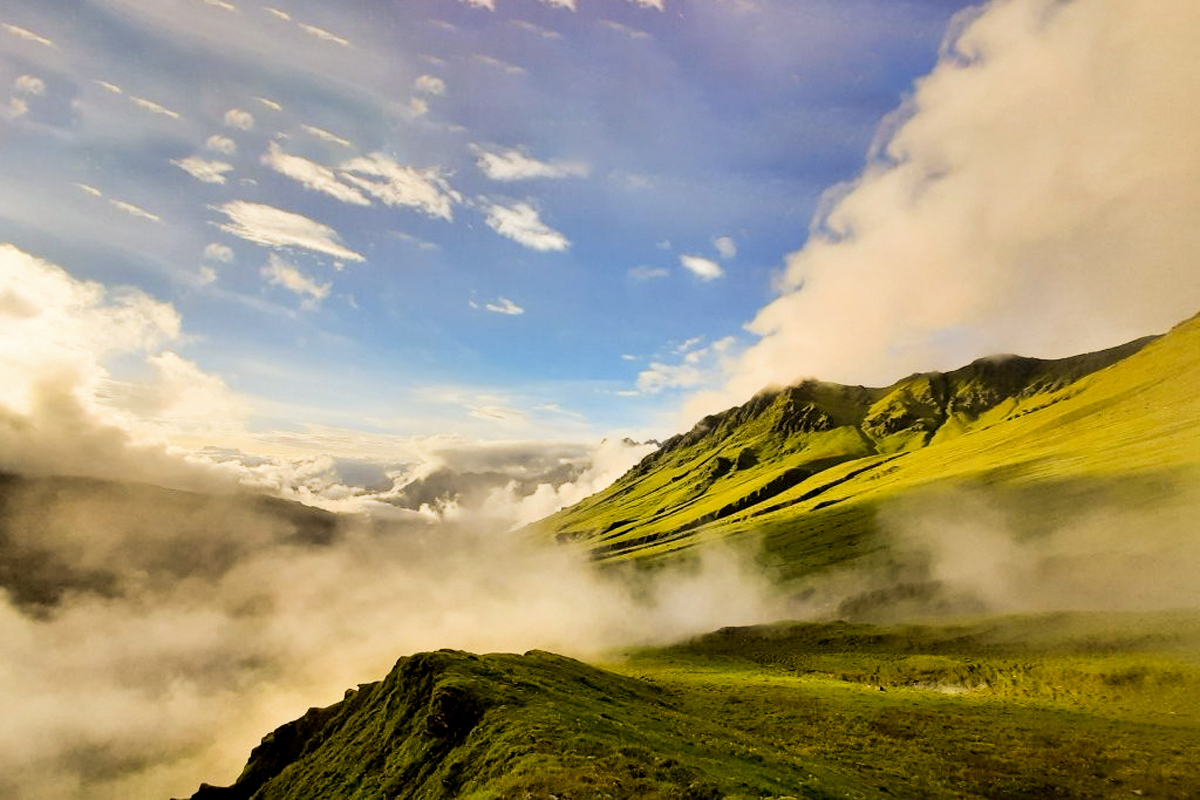
Dhorpatan Hunting Reserve Regulations to follow by DNPWC
- An entry fee of Rs. 3,000 (Foreigners), Rs. 1,500 (SAARC Nationals), Rs. 100 (Nepali) visitors, and Rs. 25 for tourist porters should be paid at designated ticket counters.
- Valid entry permits are available from the National Parks ticket counter at the Nepal Tourism Board, Bhrikuti Mandap, Kathmandu, or the reserve entrance gate of DHR.
- The entry permit is non-refundable, non-transferable, and is for a single entry only.
- Entering the park without a permit is illegal. Park personnel may ask for the permit, so visitors are requested to keep the permit with them.
- Get a special permit for documentary/filming from the Department of National Parks and Wildlife Conservation (DNPWC).
- Documentary/filming fee of US$ 1,500 (Foreigners), Rs. 50,000
- (SAARC Nationals) and Rs. 10,000 (Nepali) should be paid at DNPWC. An additional 25% should be paid while using drones for documentary/filming.
- The drone (UAV) fee is the same as the documentary/filming fee while using it for other purposes.
- Don’t remove or damage plants and animals. All flora and fauna are fully protected and must not be disturbed.
- Rubbish must be placed out, buried, or disposed of in designated areas.
- No one should walk within the reserve between sunset and sunrise.
- Do respect the cultural and religious sites.
- Visitors should be self-sufficient in fuel supply (kerosene/LP gas).
- Camping inside the park should be made only at the designated areas.
- Carry out non-biodegradable items such as batteries, plastic bags, and bottles.
- Mountain bikes and motorbikes are prohibited inside the park.
- Never trek alone, hire a local guide if you can’t find a companion.
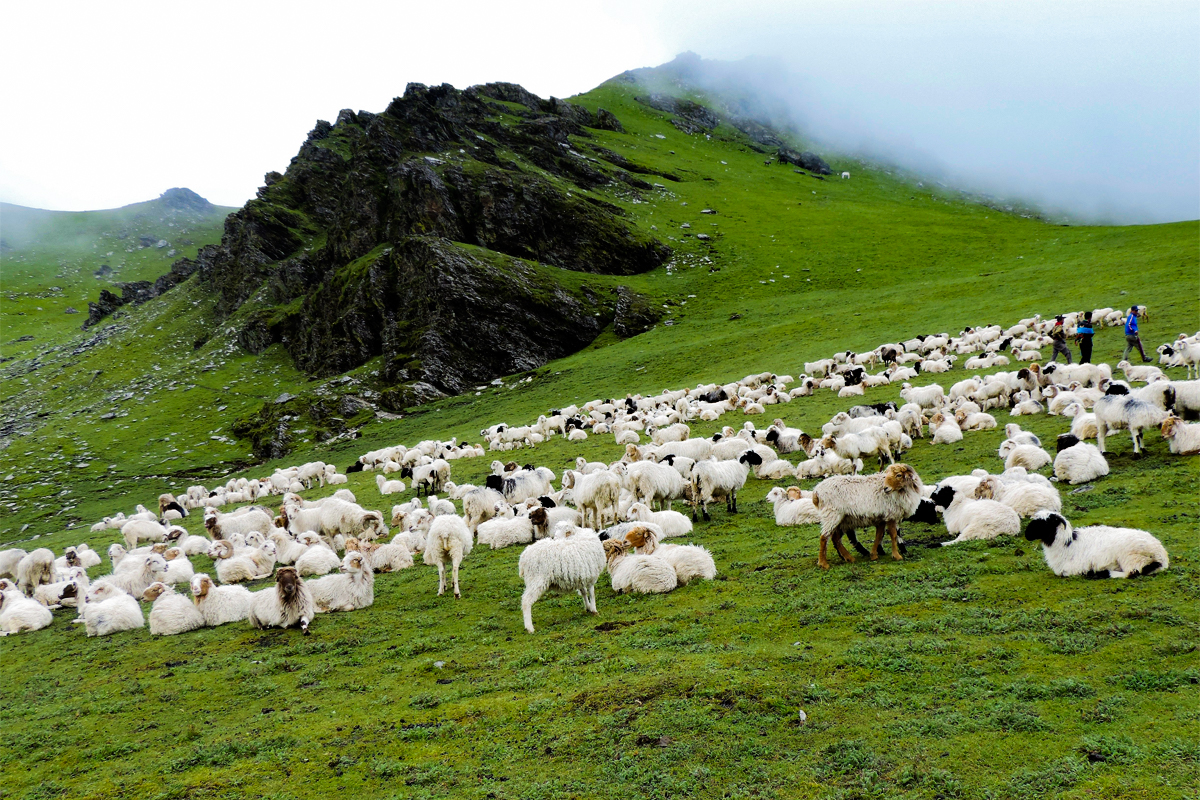
Conclusion
Hence, Dhorpatan Hunting Reserve stands as a unique testament to the harmonious coexistence of nature and culture in the heart of the western wilderness in Nepal. With its breathtaking views of the snow-capped Dhaulagiri and Annapurna Himalayan Ranges, rich biodiversity, and varied topography, it offers an unparalleled opportunity for travelers to immerse themselves in the wonders of the Himalayas.
Whether involving controlled hunting, trekking along less crowded trails, or experiencing the ancient traditions of indigenous Magar communities, visitors to Dhorpatan are treated to an unforgettable journey through Nepal's sole hunting reserve. As one navigates the magnificent trekking trails and encounters the diverse wildlife that calls this reserve home, it becomes apparent that Dhorpatan is a destination and a sanctuary where conservation efforts and cultural preservation intertwine.
